Damp winter weather can trigger joint problems and make arthritis symptoms worse.
Editor Jane Garton looks at what you can do to help ease the pain.
Across the globe around 350 million people suffer with arthritis of which 10 million are in the UK. The most common is osteoarthritis (OA) which can strike at any age but becomes more common in later life.
OA happens when the smooth lining of the joints – the articular cartilage which enables us to move smoothly and without friction – changes as we age. Excess weight and obesity don’t help as they increase joint load while fat cells trigger the production of pain- aggravating chemicals. Surgery is an option but there is also plenty you can do to help your joints stay healthy and pain free for as long as possible.
Eat the Mediterranean way
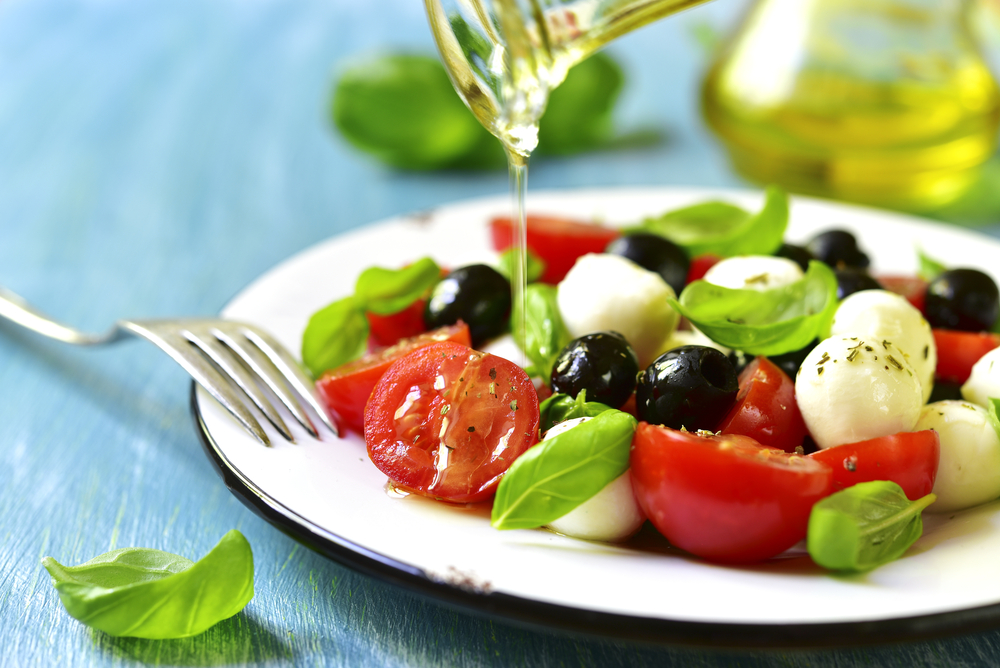
An anti-inflammatory diet such as the Mediterranean diet can really help symptoms. It is rich in fruit and vegetables oily fish, lean meat, nuts, seeds, and extra virgin olive oil, and can help keep a check on the pain and swelling of arthritis.
Watch your weight
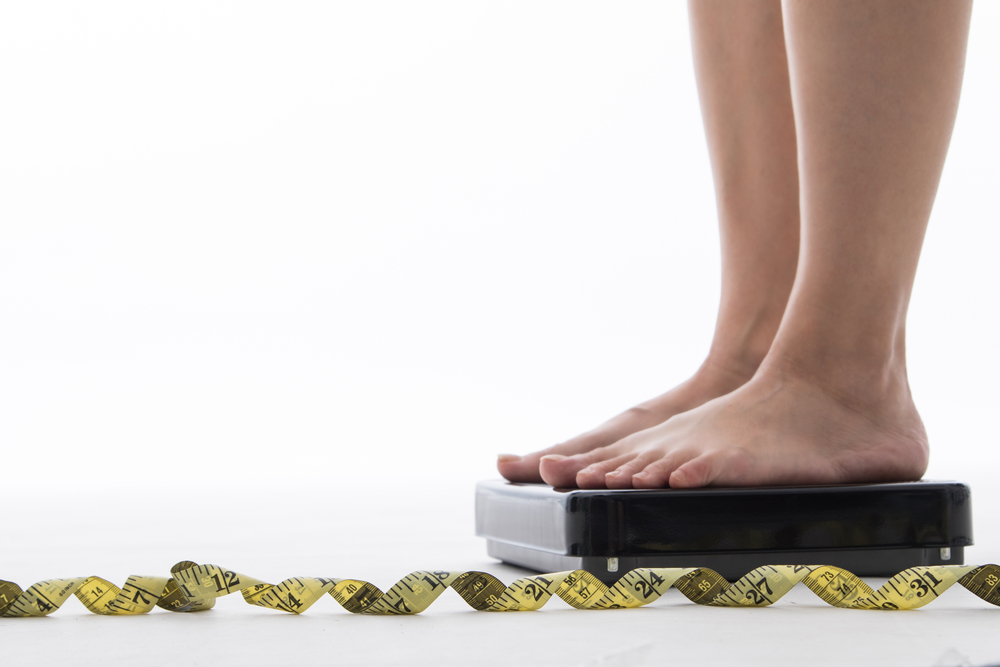
Being overweight is a major trigger for arthritis. Why? The pressure in the knee joints when walking is five to six times your body weight so even a few extra pounds can have an adverse effect. But that’s not all. Body fat also increases inflammation, which can in turn increase pain, swelling and stiffness.
To keep your weight on track, aim to follow a healthy diet such as the Mediterranean diet mentioned above. It’s also a good idea to reduce your portion size. Vegetables should make up the biggest portion on your plate.
Keep on moving
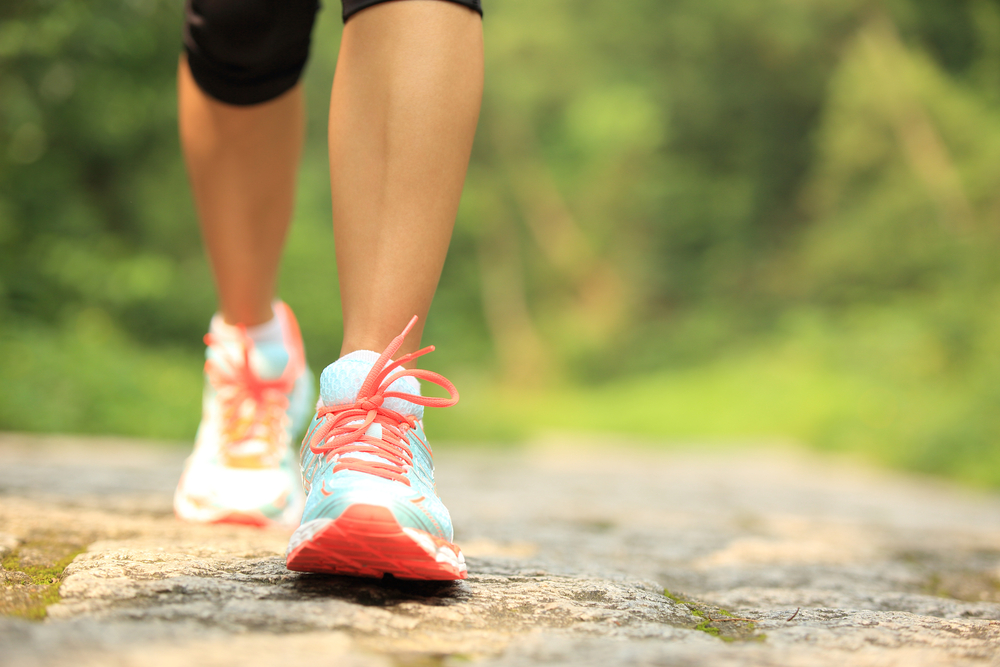
It may be tempting to rest if you are in pain, but leading a sedentary life is one of the worst things you can do if you suffer from arthritis. On the other hand, regular activity strengthens muscles and increases flexibility and balance, helping to ease pain and stiffness.
Recent research published in the journal Arthritis and Rheumatology reports that regular walking reduces knee pain caused by arthritis in adults over the age of 50. The study, which involved more than 1,000 people at Baylor College of Medicine in the US, found that regular walkers had 40% less frequent arthritic pain than a more sedentary group.
Avoid intense weight-bearing activities such as running that can damage the joints and remember to warm up and warm down after any activity.
Hot and cold cures
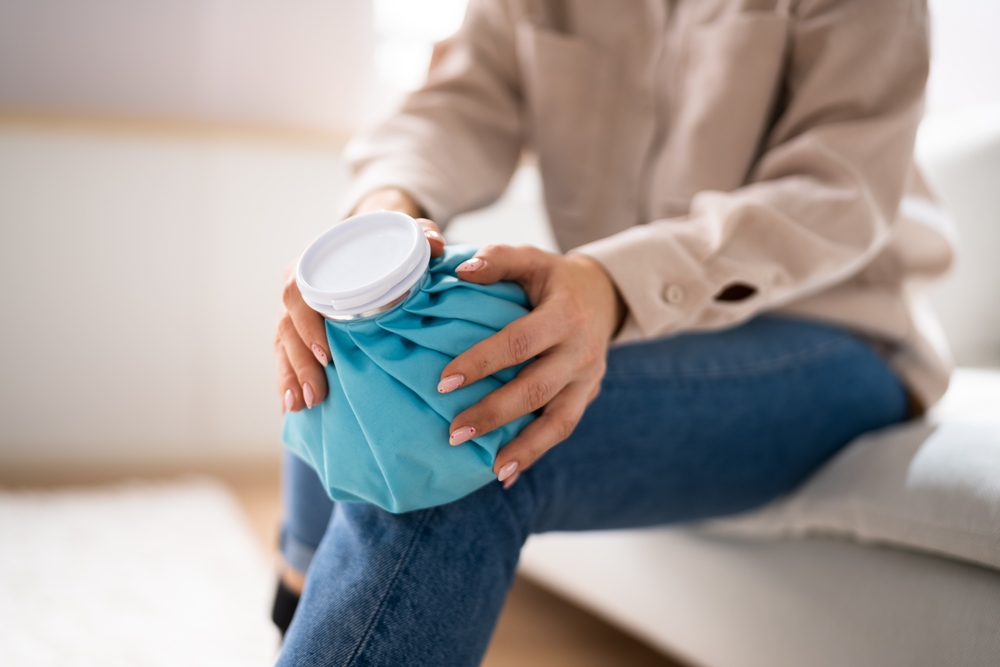
Both heat and cold have a role in soothing aching joints. Heat increases blood flow enabling more oxygen and nutrients to be delivered to the joint so is best for chronic pain.
Meanwhile, cold reduces circulation to the area and decreases inflammation making it best for acute flare ups. For heat have a hot bath or shower apply a hot compress or take a dip in a heated pool. Try ice packs or cold compresses for cold therapy.
Destress
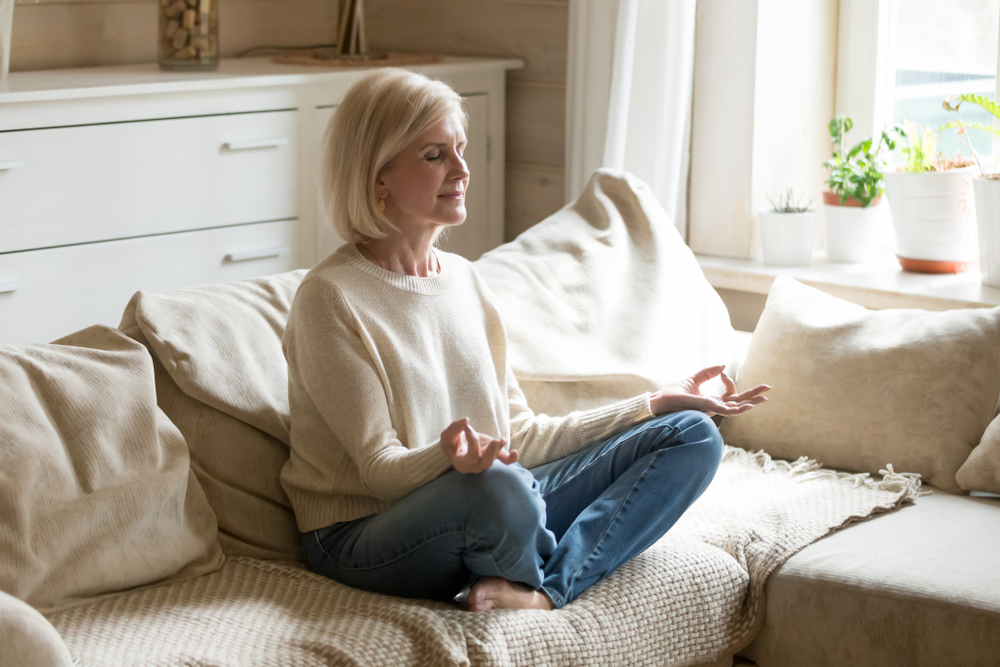
Dealing with stress can help manage your joint aches. Good restorative sleep should be one of your main goals while managing your time well and not stressing over the small stuff can all help too. Research also shows that meditation and therapies such as acupuncture and cognitive behavioural therapy can help to change the way you think about pain.
Book a massage

Studies show that massage lowers the body’s production of the stress hormone cortisol. It also reduces levels of certain inflammatory chemicals linked with pain while boosting production of the feel- good hormone serotonin.
Try these three herbs
Devil’s claw
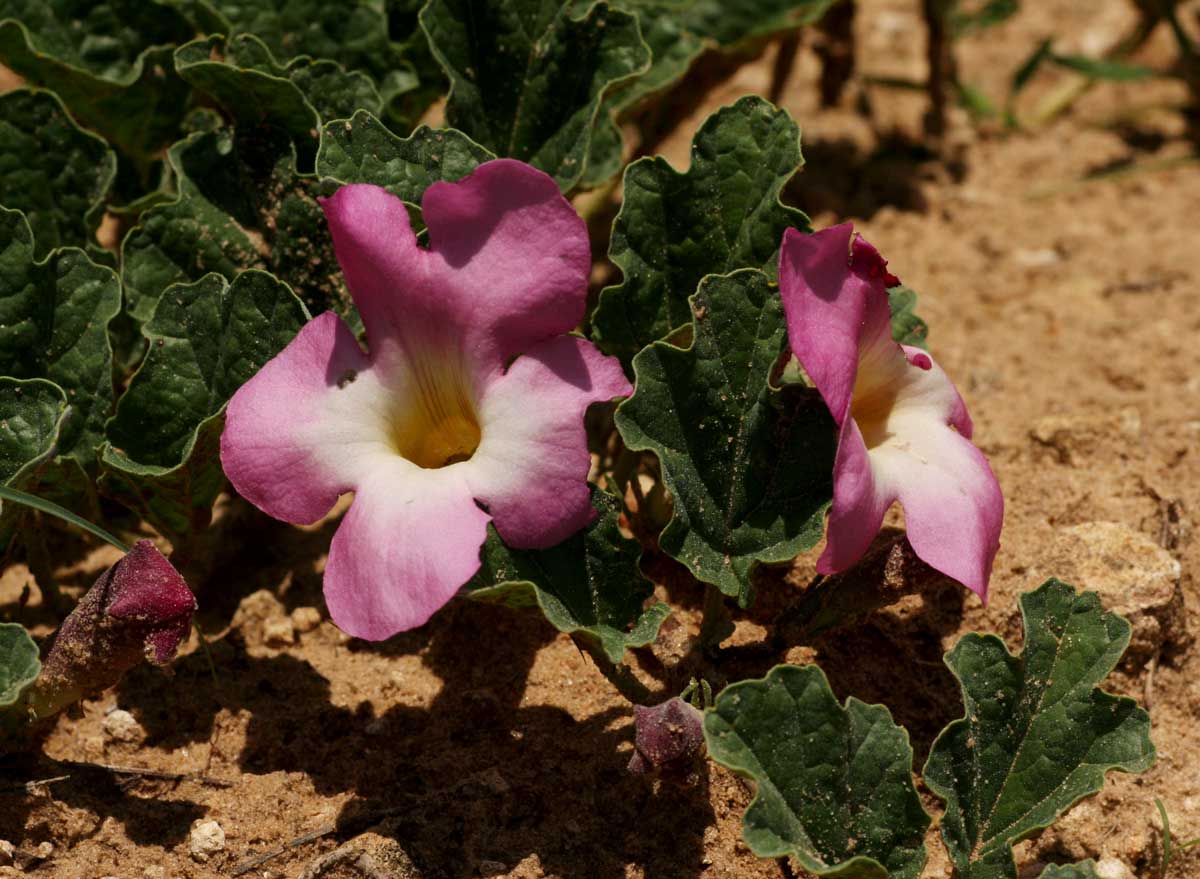
According to Arthritis UK there is evidence that devil’s claw is as effective as other conventional medicines for osteoarthritis. In one study people with arthritis of the knee, hip or lower back reported less pain and better mobility after eight weeks of taking devil’s claw.
Turmeric
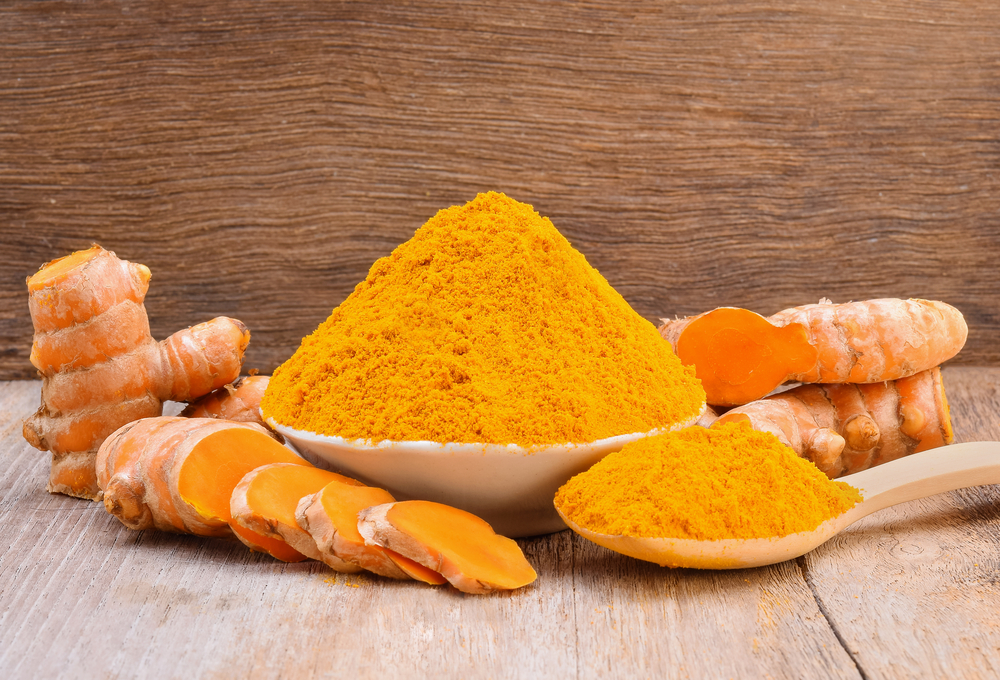
Most famous as the yellow spice used in curries, turmeric is well known for its anti-inflammatory properties. And now scientists have found that its active ingredient curcumin can help to ease pain as well as lower levels of inflammatory chemicals involved in arthritis.
Capsaicin
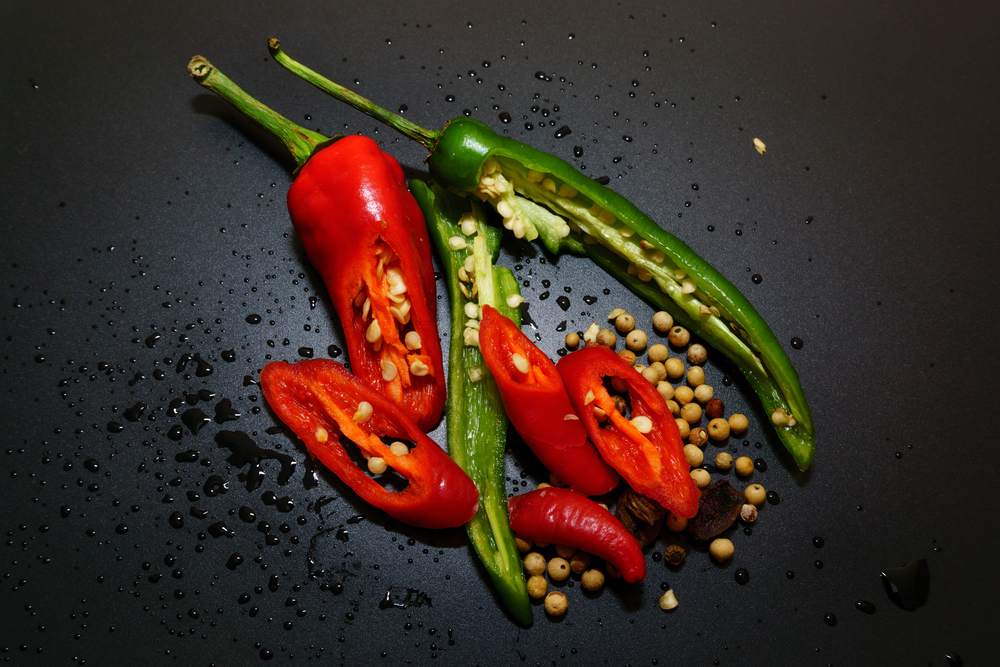
Capsaicin is the main active ingredient in chilli peppers, and has been found to help relieve the pain and discomfort of arthritis. Several studies show that applying capsaicin gel to the affected area four times a day can help to improve pain and soothe tender joints.
Ginger
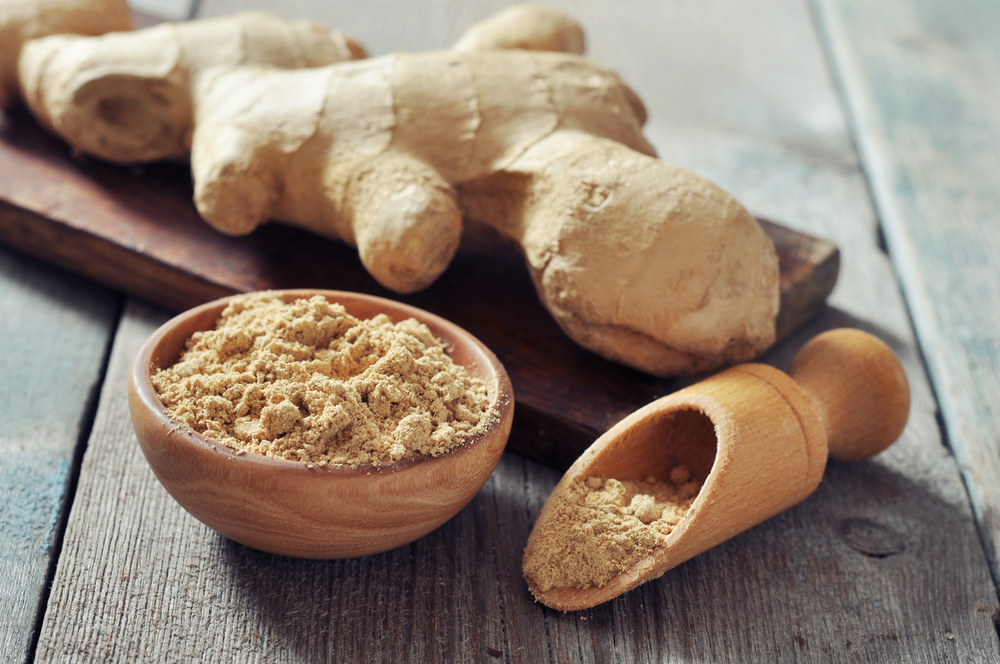
Ginger has long been used for aching joints and studies show that extracts of ginger can help reduce levels of chemicals that promote joint inflammation as well as relieve the pain.
Watchpoint
If you are worried about joint aches and pains, it is important to consult your GP. By seeking a diagnosis early, you can be treated and decrease the risk of more problems in the future.

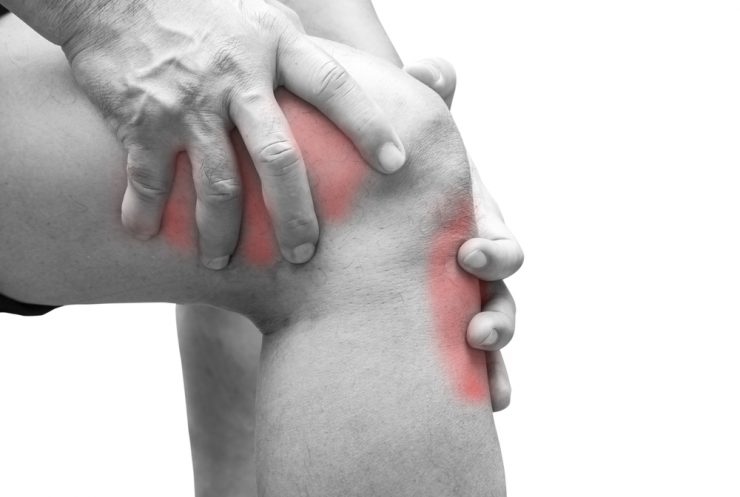



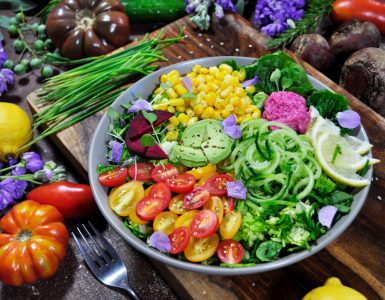
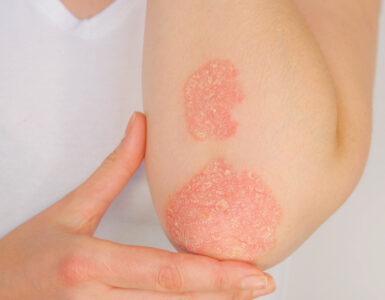

















Add comment